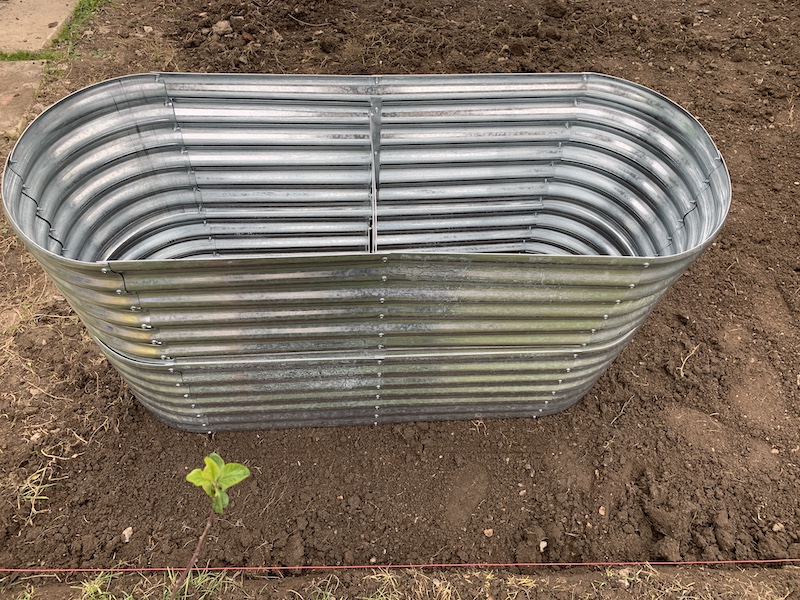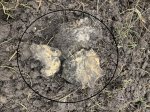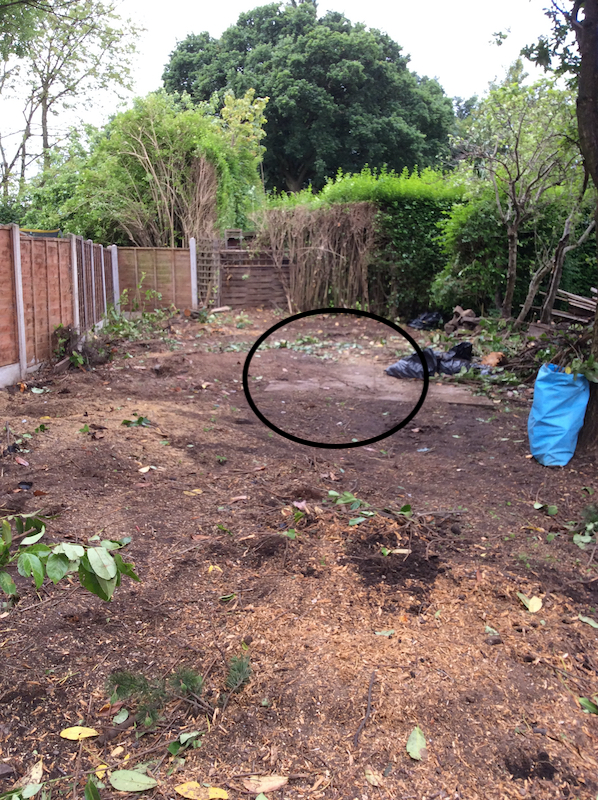Plant Stems
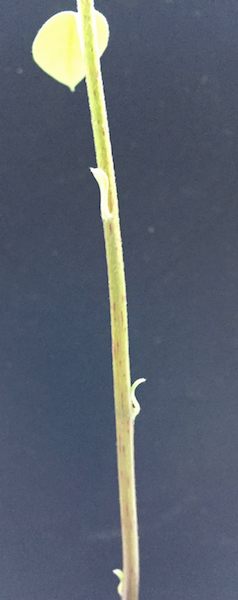
Plant stems provide the plant with
- strength and support to the leaves and flowers that grow above the ground. By supporting this the stems then in turn support the various sizes of fruit the different plants may bear.
- cells that are good at carrying the water and the mineral salts to various parts of the plant. These cells are called the xylem.
- more cells called the phloem that carry food from the leaves to the different parts of the plant where it is needed.
- cells called meristems that are able to produce living tissue for growth.
The stems can have nodes at intervals along its length and this is seen in flowers, shrubs, vegetables and at a higher point trees.
The node is an area where one or maybe more leaves are produced. This may also have a bud that can develop into a branch.
When arranging flowers some leaves may be removed from the stem and the point where the leaves meet the stem is the node.
The part of the stem in-between each node is called the internode and could be described as the space between the nodes.
Different Types of Plant Stems
Not all stems are the same but the function is to help the plant and there are a lot of variations for the individual species of plant.
Trees
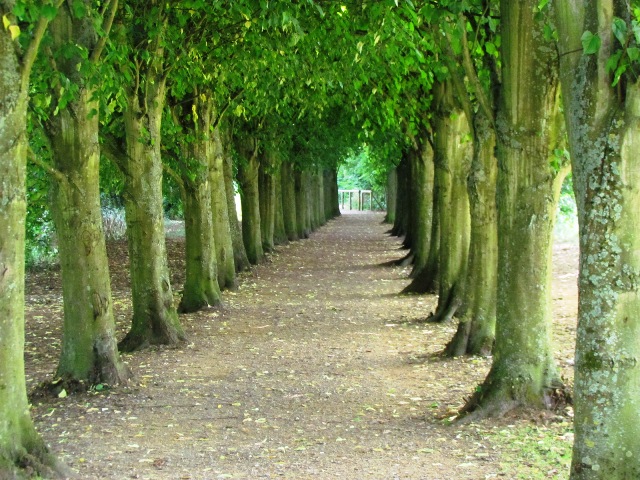
It is hard to believe that the stems or trunks of the tree that we can look and feel is dead wood.
The cambium of the tree are the cells that are live and help the tree to grow upwards, into and ground and outwards.
Every spring the cambium makes large cells to help carry water and minerals in the main growing season and in the summer it makes thicker walled cells.
These light (Spring) and dark (summer) cells give rise to the rings that can be seen inside a tree trunk when it is cut down. These can change appearance during times of drought or disease so giving a history of the health of the tree over the years.
Climbing Plants
Not all plants have strong sturdy stems, climbing plants have delicate often very fragile stems and need support while they grow. This can be done by having strong supporting canes or growing within another tree or shrub that it can cling to.
Once it has the support its growth can be quite vigorous as with some types of creepers or clematis.
Cacti

Cacti have stems that contain a lot of tissue which can then hold water during the hot weather.
These plants can be distinguished from other succulents because they have growths on their stems called "Areoles".
This is where any spines, hairs, shoots and flowers will grow from.
There are some stems that are underground
- a bulb is vertical in shape with leaves attached
- a corm is an enlarged storage stem
- a rhizome is horizontal in shape with reproduction as its main function as well as storage.
Another function of the stem is to provide waterproofing, exchanging gases and for protection.
